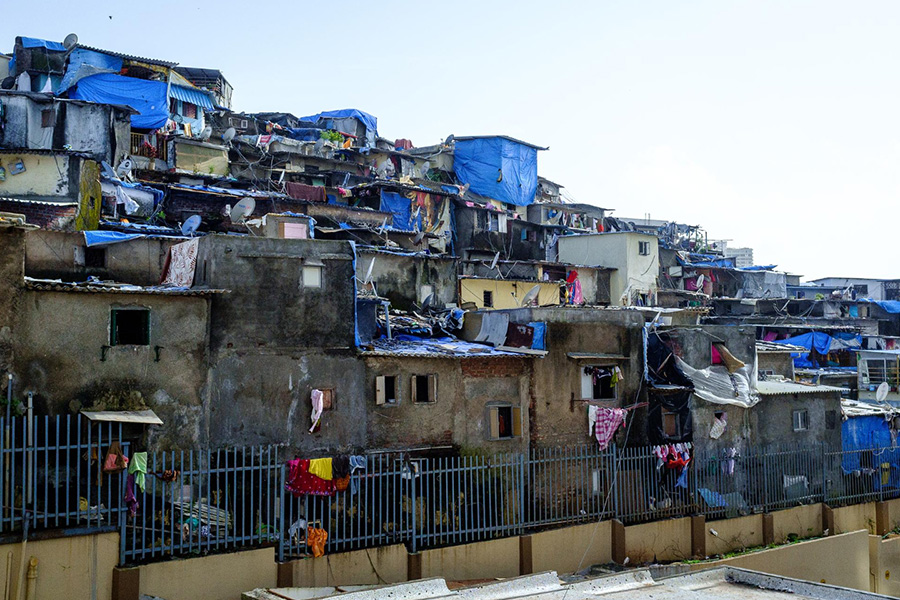
While India’s urban landscape has changed dramatically over the last decade-and-a-half, policymakers continue to rely on outdated data to devise interventions.
Author
Namesh Killemsetty, Assistant Professor, Jindal School of Government and Public Policy, O.P. Jindal Global University, Sonipat, Haryana, India.
Summary
Across India’s bustling cities, a crisis of staggering proportions is unfolding, largely unseen and uncared for by those who don’t wish to notice.
As India strides towards modernisation and globalisation, it is leaving behind millions of people living in slums for whom the promise of development has no meaning.
The rapid growth of slums across India’s cities represents not just an urban planning challenge but a humanitarian crisis thwarting the nation’s social and economic progress.
The lack of census data — the last one was conducted in 2011 — has compounded the problem, raising questions on the government’s “commitment” to subka saath, subka vikas or “everybody’s contribution, everybody’s growth”.
Fast-growing cities
India is one of the fastest-urbanising countries in the world. The UN estimates its urban population is expected to nearly double from 461 million in 2018 to 877 million by 2050.
The massive influx of migrants from rural areas, combined with inadequacy in urban planning and governance and shortage of affordable housing, has led to the exponential growth of slums which have become the default housing options for millions of migrants. They may offer proximity to work but at the cost of dignity and safety of the inhabitants.
Living conditions in slums are often characterised by overcrowding, poor housing structures, lack of sanitation, clean drinking water and proper waste management. The living conditions expose residents to a multitude of physical and mental health risks.
Yet, the alternative of returning to lack of opportunity in their rural hometowns is unthinkable for many. Slum-dwellers therefore persist with the hope of improving their situation and climbing the social ladder.
Interventions without results
The Indian government has been aware of this issue for a while. Multiple interventions and programmes such as the Jawaharlal Nehru National Urban Renewal Mission (JNNURM), Rajiv Awas Yojana (RAY) and the Pradhan Mantri Awas Yojana (PMAY) have been implemented in the past.
While these initiatives aimed to provide affordable housing and improve living conditions, their success at the ground level has been questionable because of the one-size-fits-all approach coming from a top- down nature of design and implementations that fails to capture the realities at the ground level.
A primary reason behind the limited success of these interventions has been a lack of fundamental understanding of the scale of the issue.
The last comprehensive slum census in India was conducted in 2011. It showed 65 million people lived in slums across urban areas. While India’s urban landscape has changed dramatically over the last 13 years, policymakers continue to rely on outdated data to devise interventions.
Published in: 360info
To read the full article, please click here.

